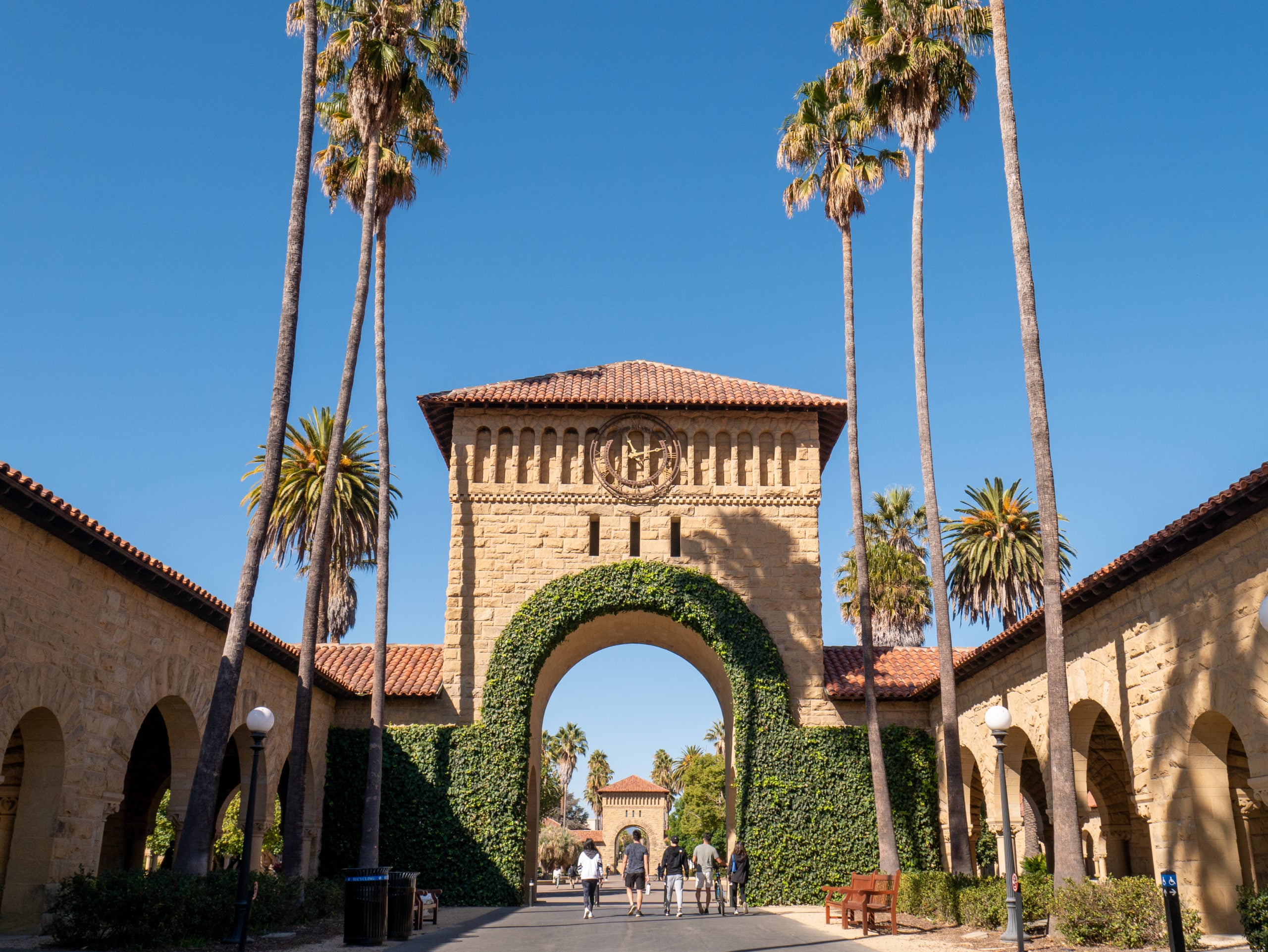Before Operation Varsity Blues popularized college admissions discourse, large components of the competitive college admissions process already favored the rich and predominantly white. And as colleges have become increasingly competitive, the lengths to which students and parents will go to ensure spots at an “elite” institution have grown. Legacy and athlete admissions have come to the forefront of discussion as examples of unfair back doors into colleges, exemplifying the ways that wealth and privilege give students a “in” to college well before they even begin the admissions process.
Sources struggle to find a specific definition of a “back door” into college admissions, but largely everyone agrees that there is one. When describing his scheme to parents, Rick Singer, the man who conducted Operation Varsity Blues, called the back door an “institutional advancement, which is 10 times as much money.” He followed up by saying, “If you wanna go through the back door, Harvard’s asking for $45 million … Stanford’s asking for $50 million.” Not all donations secure one’s spot at a school, but large enough sums of money do. But a donation smaller than $50 million can help you out if you have legacy — that is, if you are the child of a school’s alumni.
At Harvard alone, legacy students comprise about 14% of the undergraduate student body, and at many elite universities, legacy status could make a student 25% more likely to get accepted than non-legacies. The Harvard admissions committee asserted that legacy preference “helps to cement strong bonds between the university and its alumni,” which the university values because it relies on these alumni for “financial support” in the form of donations. The — probably correct — assumption in the discussion around legacy consideration is that these students come from financially flourishing families. Harvard’s president, Lawrence Bacow, mentioned in a statement that legacy applicants are already some of the most qualified applicants that the school receives, so of course they would be admitted at a higher rate. Legacy students likely have access to the best high schools and summer programs to make them more competitive applicants precisely because their parents went to a prestigious college and likely receive a higher-than-average income. Why, with a $38.7 billion endowment, does Stanford really need to encourage alumni gifting by explicitly perpetuating a cycle of privilege?
According to the data Stanford submitted to the California state legislature in June of 2020, 16.2% of the class of 2023 were the children of Stanford graduates, and 1.5% of the class had no legacy status but had a record of family philanthropy noted in their file. These figures together are shockingly close to the composition of first-generation students in that same class, 18.5%. That year, Stanford’s admissions rate hit a record low of 4.34%. This past year, the class of 2025 hit another record low admissions rate of 3.95%. Former Stanford President John Hennessy stated in 2013 that the “admissions rate for [legacy students] is two or three times higher than the general population.” While Stanford hasn’t recently confirmed the accuracy of this multiplier for legacy students, these students still compose a significant portion of their classes. Yes, ultimately two or three times higher than 3.95 is not that large. When we’re working with numbers this small, however, any boost counts. In a pool of academically qualified applicants, the children of Stanford alumni get possibly admissions-winning boosts.
But not everyone agrees that a “back door” comes solely in the form of financial gifts from a family to a college, and many have pointed to other factors that can increase a student’s likelihood of admission and dubbed them “back doors,” too. One increasingly popular move seems to be the most consistent back door across the board: athlete admissions. At Harvard, recruited athletes with high academic scores on Harvard’s scale of rating applicants are admitted at a staggering rate of 83%, while non-athletes with the same academic rank are only accepted at a rate of 16% — not to mention the school’s 5% acceptance rate for the general public. Athletics even trump legacy in terms of admissions preference, with athletes receiving a 48% bump. And playing a sport at a collegiate level in high school can cost upward of $12,000 in equipment, traveling, and tournament fees. Wealthy students even have an advantage in recruitment practices, because, according to a recent study in the Harvard Educational Review, “due to their community and social networks, [they] are better at navigating this process.” A Washington Post study from 2019 found that 12% of Stanford’s undergraduate population is enrolled in a varsity sport. While not all of Stanford’s athletes are one-percenters, the money and time to play competitive sports in college gave many of them a significant admissions boost.
As a final note, Stanford asserts that all of its students are academically qualified to attend its school. Legacy students and athletes have to maintain high GPAs and earn incredible test scores to even be considered — on top of that, athletes have to play their sport at a collegiate level in high school. The purpose of this article is not to berate these students, but rather to point out that the wealthy and white have historically had access to higher education, and thus students of this demographic are more likely to carry legacy status and/or to be a competitive athletic applicant (requiring the time and financial resources to play their sport in high school). With increased numbers of applicants and a seemingly ever-lowering admissions rate, these “back doors” of legacy and athlete admissions tend to favor those who come from a wealthy, WASP-y background.
